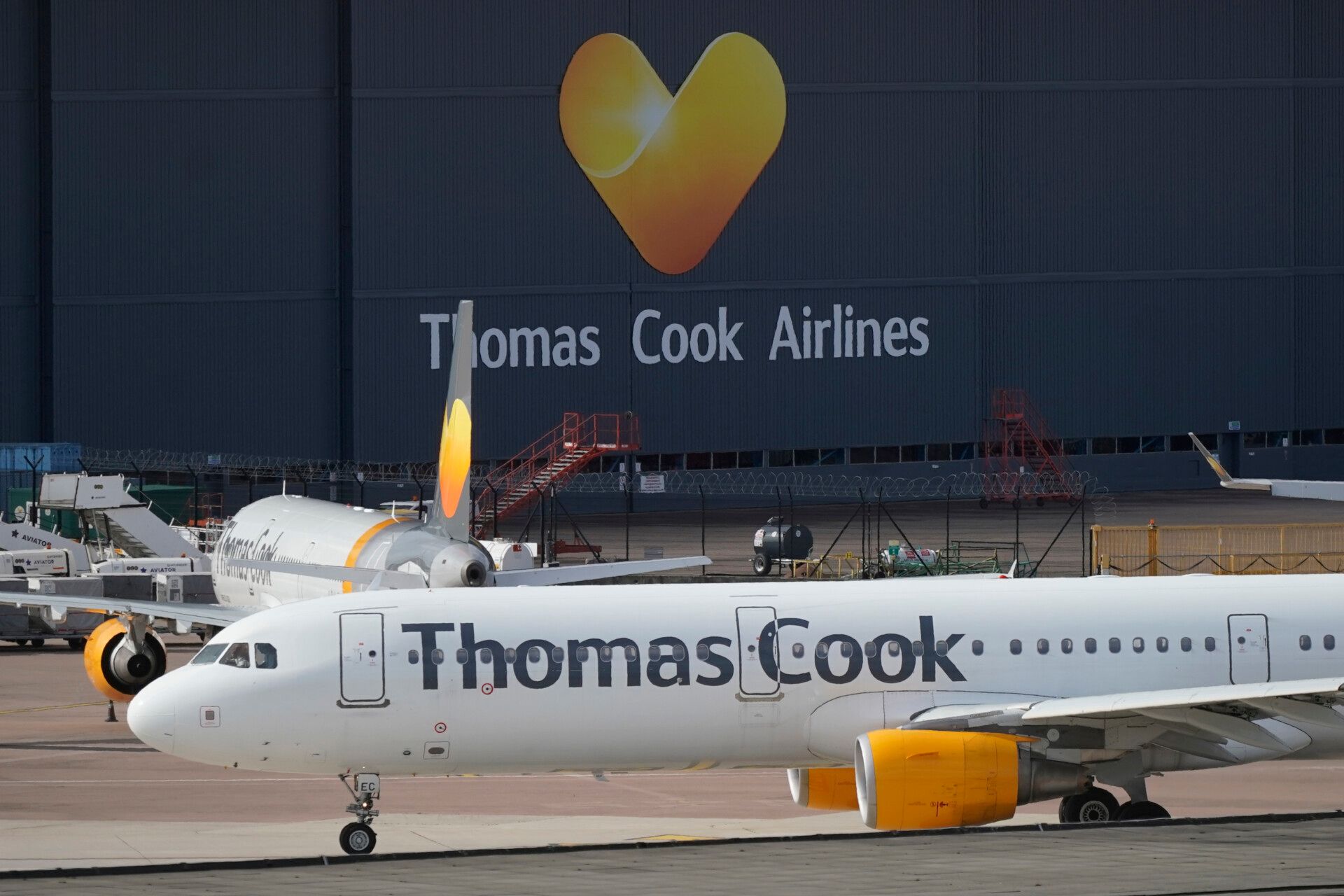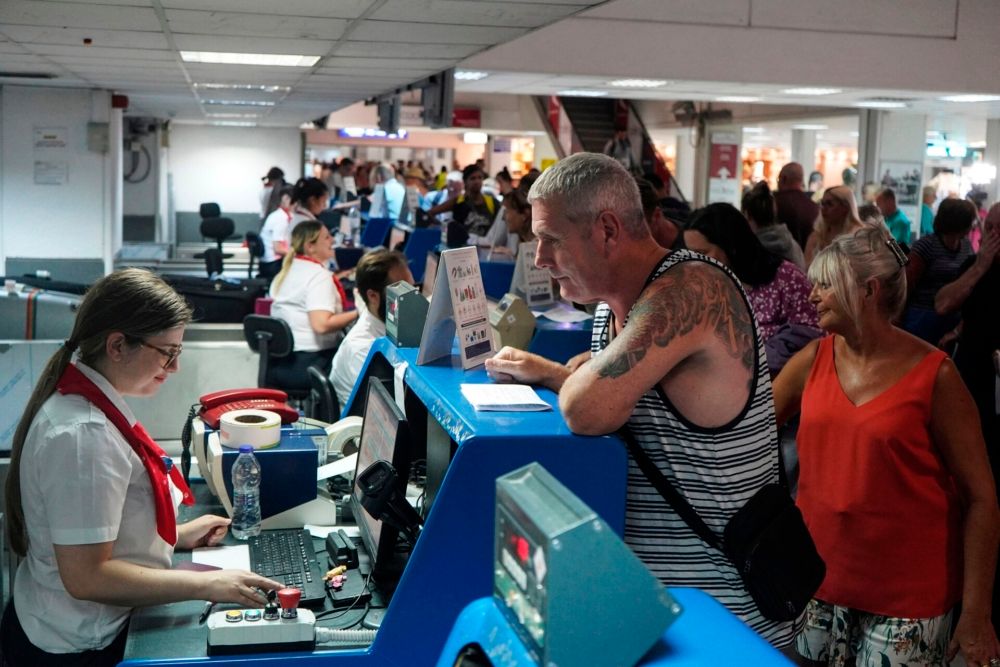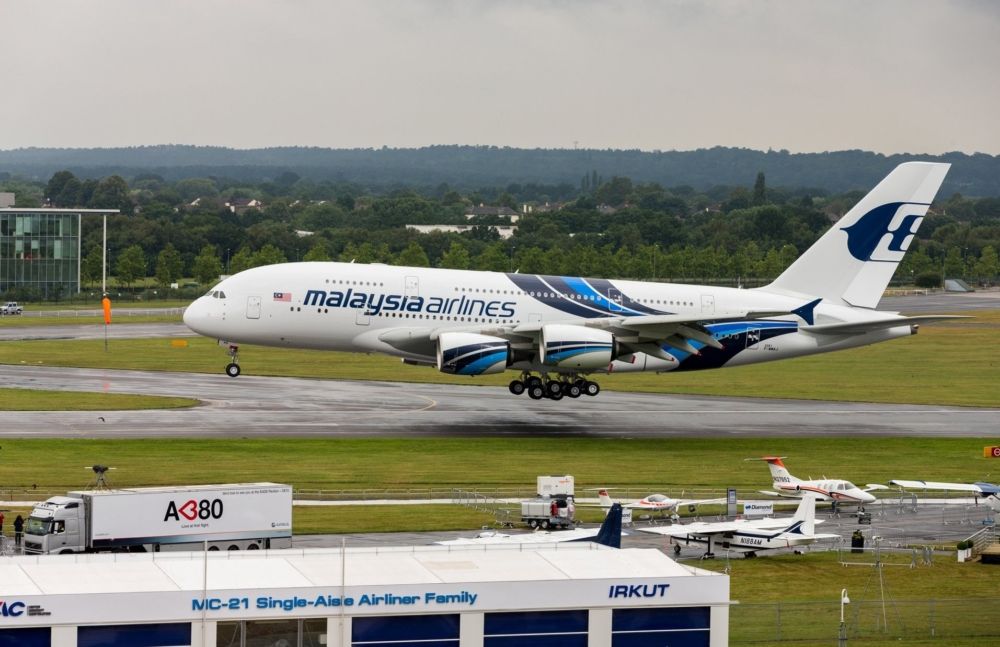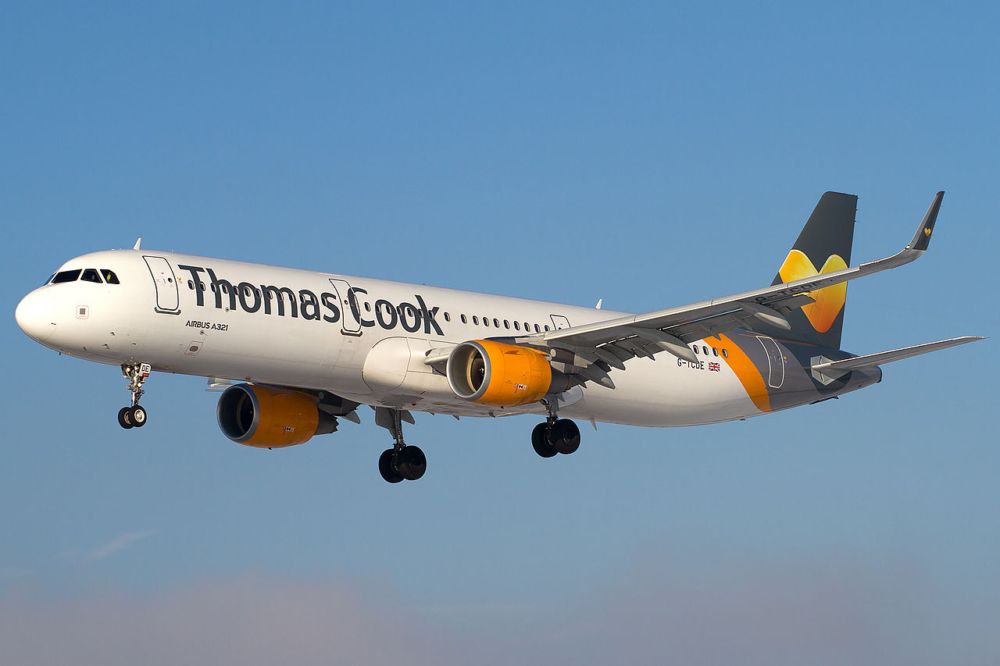September 23rd, 2019, marked the end of Thomas Cook Airlines. It was on this day, exactly two years ago, that bankruptcy was declared, stranding hundreds of thousands of travelers. In the days leading up to the declaration, the airline had been meeting with key players, desperately hoping to avoid a total collapse. Let's take a look back at Thomas Cook Airlines and how it finally came undone.
£200m needed for survival
In the days leading up to Thomas Cook's declaration of bankruptcy, the firm had been on a desperate search for £200m of extra funding. As we reported two years ago, the carrier's leadership filled the office of a London law firm on September 22nd to meet with the airline's largest shareholder, a Chinese conglomerate by the name of Fosun.
Despite working late into the night, no progress was made, forcing Thomas Cook Airlines to officially declare bankruptcy just after 02:00 London time.
Flights stopped operating, ticket sales were halted, and one of the UK's largest repatriation efforts was soon to begin as over a hundred thousand UK-based Thomas Cook customers would find themselves stranded abroad.
Stay informed: Sign up for our daily and weekly aviation news digests.
Stranded travelers look to be repatriated
With hundreds of thousands of Thomas Cook customers affected, panic took hold at many airports and hotels. For some, travel insurance would be the solution. For others who had booked a package holiday through a travel agent, government-led repatriation would be the answer.
Indeed, repatriation was conducted for package holiday holders because of Thomas Cook's status as an ATOL holder, or Air Travel Organiser's Licence. Each ATOL holder is required to pay a £2.50 fee for each passenger within a booking. This money goes to a fund owned by the Air Travel Trust, which is set aside for situations such as these.
An impressively large-scale operation, the Thomas Cook collapse prompted the UK’s biggest repatriation since WW2. Dubbed ‘Operation Matterhorn,’ over 150,000 Thomas Cook passengers were flown back to the UK using wet-leased aircraft, and aircraft from other airlines.
Discussing the operation, UK Civil Aviation Authority head Richard Moriarty called it "the largest peacetime repatriation ever [requiring] an extraordinary effort from all involved." Dame Deirdre Hutton, Chair of UK’s CAA, described it as “12-hour shifts, no weekends, doing something you’ve never done before.”
Finding available aircraft was particularly difficult at the time, and made worse by the worldwide grounding of the Boeing 737 MAX. However, Matterhorn teams prevailed, securing the services of A380s from both Hi Fly and Malaysian Airlines, among dozens of other aircraft.
According to Travel Daily News, over 130 aircraft were involved as part of the Matterhorn fleet. Indeed, on October 2nd alone, 42 flights operated to bring back around 6,500 passengers. Furthermore, a whopping 127,000 travelers were flown back to the UK in the first ten days of the operation.
What happened to Thomas Cook's aircraft?
Most of the airline's Airbus A321s were returned to their lessors. These companies were Air Lease Corporation, Aviation Capital Group, Aviation PLC, Avolon, BBAM, Castlelake, Carlyle Aviation Partners, and ICBC. Certain examples went straight to other airlines, such as SmartLynx and Avion Express. One A321, registered G-TCDZ, was scrapped.
Some of the airline's A330-200s were scrapped after the collapse. The jets torn down in Manchester in February 2021 were registered G-MDBD, G-MLJL, and G-OMYT. Meanwhile, four A330s were returned to lessors. One went back to Air Lease Corporation, with the remaining three to Aviation Capital Group.
Given everything that has happened in the world of aviation since Thomas Cook's collapse, the airline's demise feels like a distant and faded dream and something relatively minuscule compared to what would take place six months later. With its long history, the airline will be remembered fondly by many.
Were you affected by Thomas Cook Airlines' collapse? Let us know by leaving a comment.




